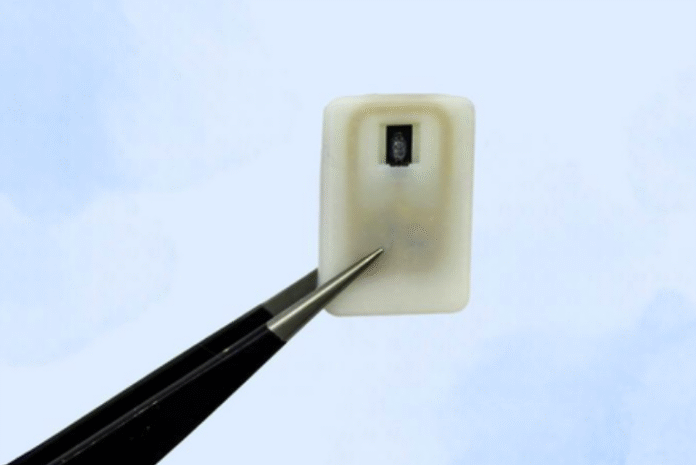NEW DELHI– In a breakthrough that could revolutionize emergency care for people with Type 1 diabetes, researchers in the U.S. have developed a novel implantable device designed to prevent dangerously low blood sugar levels, also known as hypoglycemia.
Developed by scientists at the Massachusetts Institute of Technology (MIT), the tiny device holds a reservoir of glucagon, a hormone used to rapidly raise blood sugar levels in critical situations. Unlike current treatments that require manual injection, this new system can deploy glucagon automatically or on-demand — all from beneath the skin.
Roughly the size of a quarter, the implant contains a 3D-printed polymer reservoir that stores the life-saving drug. The device can be activated either manually by the user or wirelessly by a connected glucose sensor when it detects that blood sugar has dropped below a safe threshold.
“This is a small, emergency-response device that can be implanted under the skin, always ready to act if the patient’s blood sugar drops too low,” said Daniel Anderson, Professor of Chemical Engineering at MIT. “Our goal was to create a device that is always prepared to protect patients from hypoglycemia. We believe it could also ease the anxiety that many patients—and parents—experience.”
The innovation is particularly promising for cases where hypoglycemia strikes during sleep, or in situations where patients—such as young children—may be unable to self-administer an injection.
In animal trials, researchers implanted the device in diabetic mice and monitored their glucose levels. When blood sugar levels began to drop, the device was triggered to release glucagon. Within 10 minutes, the animals’ glucose levels stabilized, successfully avoiding hypoglycemia.
Beyond diabetes care, the researchers say the device has the potential to deliver other emergency medications. For example, it could administer epinephrine, a critical drug used to treat heart attacks or life-threatening allergic reactions like anaphylaxis.
The new technology marks a major step forward in personalized, automated medical intervention — offering a potentially life-saving solution for millions living with chronic conditions that require rapid-response treatment. (Source: IANS)













